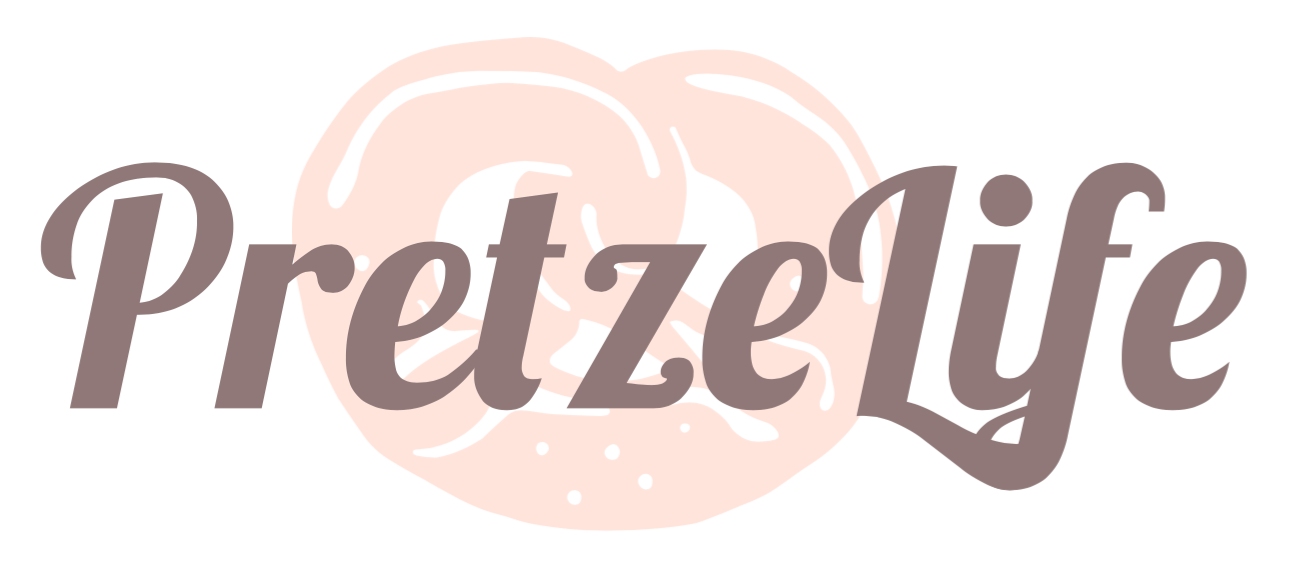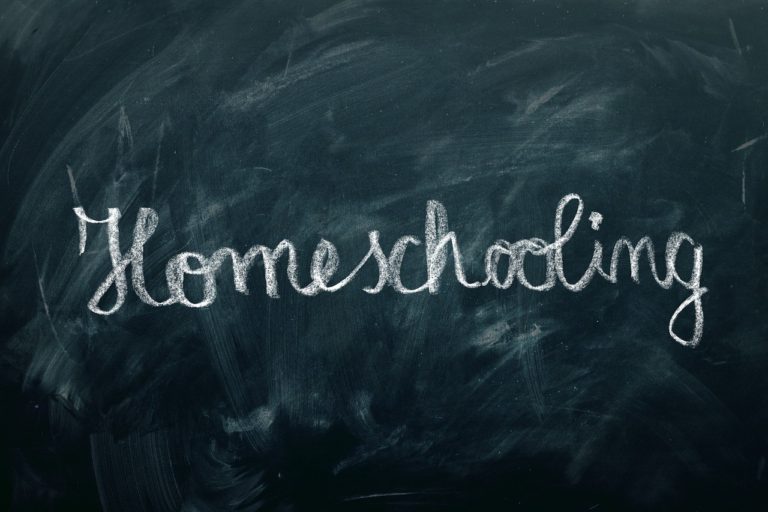8 Different Homeschooling Styles
Contents
What is a homeschool method or style?
A homeschool method is how you are going to teach your child. The teaching style you use will reflect your family’s lifestyle and personality. The education can be child-led or parent-led. You can choose to use textbooks or literature to learn different subjects. The school day can be structured or have no structure to allow students to learn naturally.
What is the best way to homeschool?
The best way will be what works for your family. That sounds like a simple and unhelpful answer, but it is the truth. Every family ends up putting together or using the style of teaching that works for them. I knew a family that utilized the Classical method through a homeschool co-op except for math. They used more traditional textbooks for math.
For my family, we use the School-at-Home method. I had a first, third, and fifth grader when we began. This method gave me the confidence I needed to homeschool. They have online classes to attend, and a teacher grades their homework, maintaining the grade books. I am the Learning Coach, which means I answer questions and assist them as I always had. I did teach the youngest a good deal until she got older. I like the support the teachers give, and the responsibility is not mine alone to bear. I was a banker, not a teacher, in my previous life.
8 Homeschool Styles

School-at-Home or Traditional Homeschooling
The School-at-Home style is the most structured method of homeschooling. There is a study schedule, textbooks, grades, and record keeping. The lessons are planned out for you, with testing and evaluations included. This environment is the brick-and-mortar school at home. Many experienced this environment to some extent during the Covid-19 quarantine period. Different online or virtual schools use this method.
Unschooling Homeschool Style
Unschooling is the polar opposite of School-at-Home. There is no set curriculum or schedule. The learning is child-led. It fully follows the belief that education will happen naturally. Children are intrinsically motivated to learn what they are interested in. This method fosters independence in the student. Parents are there to offer guidance and nurture natural curiosity. Unschooling is a very relaxed approach to homeschooling and allows for a flexible schedule.
Unit Studies Method
Unit Studies are good to use when homeschooling students of multiple ages. You can adapt the assignments to fit the student’s age and cover the same material. The idea is to incorporate every subject you can into studying a theme or topic. You can purchase unit studies or make your own.
The first step is to choose the topic of study. Then find library books about it. You can utilize YouTube and streaming services for documentaries on the subject. Pinterest is a good search engine for games and activities. Finally, look for field trips to learn firsthand about the topic. Many students create mini books on the subject to show what they are learning. You then document what your student has done and learned in the unit study.

Classical Homeschooling Style
The Classical Method has three stages of learning; Grammar, Logic, and Rhetoric. The Grammar Stage is first through fourth grade. This stage gives the foundation for learning grammar, literature, spelling, phonics, math, science, and history. Memorization and repetition through song and rhyme help children remember facts in each subject.
Beginning in fifth grade, students naturally begin to question everything. Students start the Logic Stage. They learn the logic of writing, text analysis, why events happen in history, the scientific method, and advanced math concepts. In high school, the student moves on to the Rhetoric Stage, learning to write and speak persuasively. They learn how to communicate their views effectively and debate.
You can purchase a curriculum or attend a virtual school in the Classical Style. There are homeschool co-ops to join that assist in teaching this style and provide social interaction for the students.
Charlotte Mason Method
Charlotte Mason was a British author and teacher in the late 1800s. Her teaching methods have continued to be used and have grown in popularity. She believed in using high-quality literature, often narrative, in teaching. She called these “living books.”
This method teaches students with
- Narration as the child tells back the story.
- Copywork of quotes or scripture is handwriting practice.
- Living books instead of textbooks
- Short lessons that adjust as the student gets older
- Nature study and an appreciation of art and music
- Physical fitness routine each day
- At least one additional language learned

Montessori Method
The Montessori style of teaching is child-directed. The child chooses between learning activities. Each day, the child has learning centers to choose from in a more extensive classroom setting. At home, the parent keeps materials available for the child to discover and learn. Many use Montessori shelves for children to explore for learning activities. This method is popular in primary education but is found in K-12 as well.
Montessori learning focuses on five key areas:
- Practical life skills
- Math
- Sensory
- Language
- Culture and Science
Eclectic Style
The Eclectic Style is “you do you.” Homeschoolers take what works for them in different methods to use. The beauty of homeschooling is this flexibility! Each student learns differently, and you can use the style that works for them. This al a carte style works well for students with special needs.
For example, you may use unit studies with the Charlotte Mason Method. Or you may prefer a School-at-Home boxed curriculum without the schedules of an online school. So you purchase the boxed curriculum to go at your student’s learning pace.

Roadschooling
Roadschooling is a growing style of homeschooling. With more parents working remotely, the school goes on the road! Students connect what they are studying and seeing by visiting national and state parks, museums, and historical sites. These families school their children while traveling the country or world, in some cases. Many have become “full-timers,” living in an RV while touring the country.
Conclusion
When choosing your homeschool style, consider these things:
- Do you want a structured or relaxed school environment?
- Would you prefer child-led or teacher-led?
- Do you want to prepare the lessons or have them laid out for you to follow?
- How do you want to evaluate your child’s progress?
- What is your child’s learning style?






